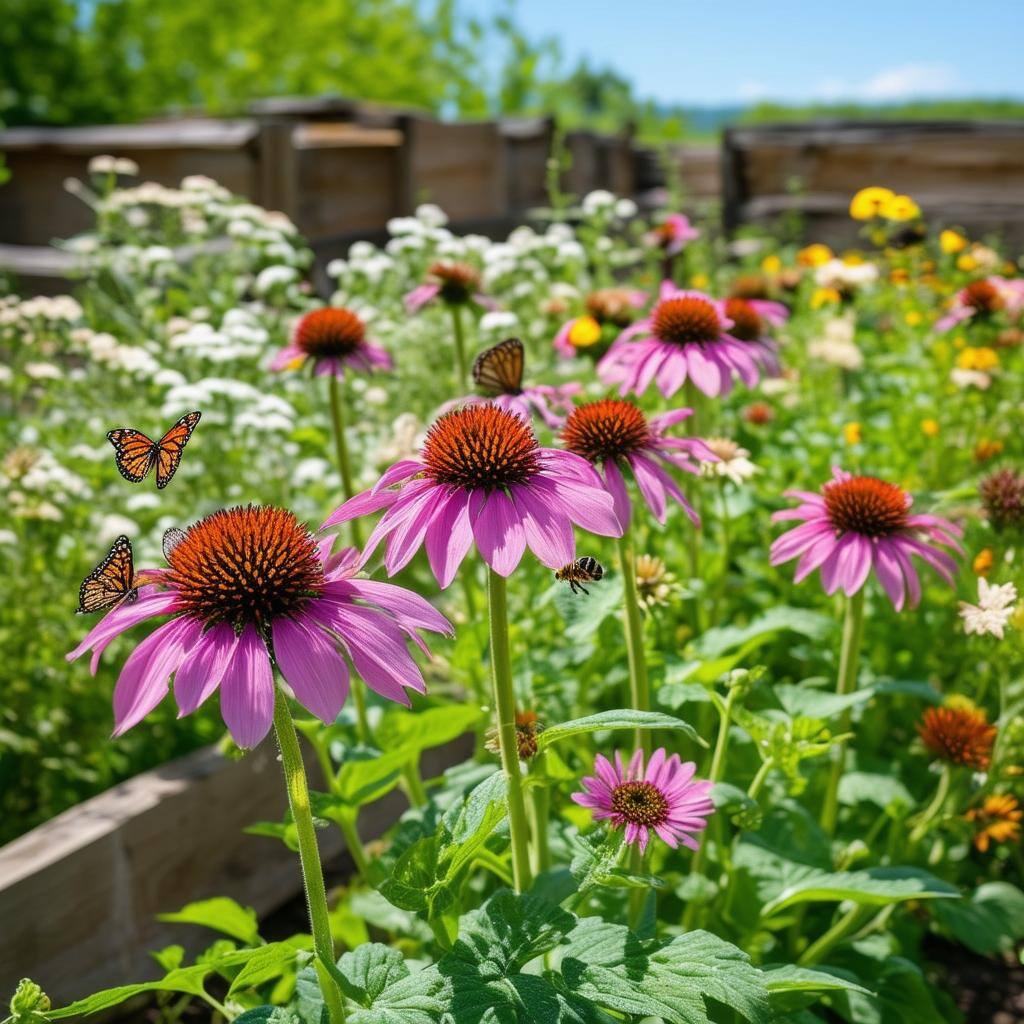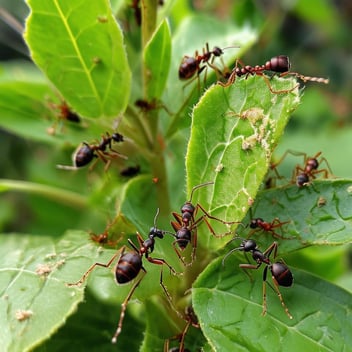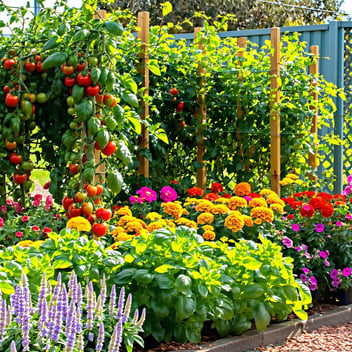The Role of Indigenous Medicinal Plants in Sustainable Gardening
Introduction
In the quest for sustainable gardening practices, the integration of indigenous medicinal plants emerges as a harmonious solution. These native species, deeply entwined with local ecosystems and cultural traditions, offer a plethora of benefits that extend beyond their therapeutic properties. By incorporating indigenous medicinal plants into our gardens, we not only honor ancestral knowledge but also foster environmental stewardship and biodiversity.
Understanding Indigenous Medicinal Plants
Indigenous medicinal plants are flora native to a specific region, utilized for centuries by local communities for their healing attributes. These plants have co-evolved with their environment, developing unique adaptations that make them resilient and well-suited to local conditions. Their traditional uses encompass a wide range of remedies, from treating common ailments to playing integral roles in spiritual and cultural rituals.
The Intersection of Indigenous Plants and Sustainable Gardening
Sustainable gardening emphasizes practices that are ecologically sound, economically viable, and socially responsible. Indigenous medicinal plants align seamlessly with these principles:
-
Ecological Harmony: Native plants are adapted to local soil, climate, and pests, reducing the need for chemical interventions and excessive water use.
-
Biodiversity Enhancement: Incorporating a variety of indigenous species supports local wildlife, including pollinators and beneficial insects, thereby strengthening ecosystem resilience.
-
Cultural Preservation: Cultivating these plants helps preserve traditional knowledge and practices, fostering a sense of community and continuity.
Benefits of Incorporating Indigenous Medicinal Plants
Environmental Advantages
Indigenous plants contribute to environmental sustainability by:
-
Reducing Resource Consumption: Their adaptation to local conditions means they often require less water and fewer soil amendments.
-
Enhancing Soil Health: Deep-rooted native species can improve soil structure and fertility, promoting a robust garden ecosystem.
Health and Wellness
Growing medicinal plants provides ready access to natural remedies, encouraging a holistic approach to health. This practice empowers individuals to take charge of their well-being using time-honored botanical resources.
Economic Considerations
Utilizing native plants can lead to cost savings by reducing the need for external inputs such as fertilizers, pesticides, and extensive irrigation systems. Additionally, surplus harvests can be shared or sold, fostering local economies.
Selecting the Right Plants for Your Garden
Assessing Local Ecosystems
Understanding your local ecosystem is paramount. Research the native flora of your region and identify medicinal plants that have been traditionally used by indigenous communities. Consulting with local horticultural societies or indigenous groups can provide valuable insights.
Plant Characteristics and Uses
Consider the growth habits, soil preferences, and light requirements of each plant. For instance:
-
Echinacea (Echinacea purpurea): Known for its immune-boosting properties, it thrives in well-drained soils under full sun.
-
Yarrow (Achillea millefolium): Valued for its antiseptic qualities, it is a hardy plant that tolerates a range of soil types.
Cultivation Practices for Sustainability
Soil Preparation and Fertility
Enhance soil health by incorporating organic matter such as compost. This practice improves soil structure, promotes microbial activity, and provides essential nutrients.
Water Conservation
Implementing mulching techniques helps retain soil moisture, reducing the need for frequent watering. Selecting drought-tolerant native species further conserves water resources.
Pest and Disease Management
Encourage a balanced ecosystem by attracting natural predators and employing companion planting strategies. This approach minimizes reliance on chemical pesticides, promoting a healthier garden environment.
Ethical Considerations in Cultivating Indigenous Plants
Respecting Cultural Significance
Recognize that many indigenous plants hold profound cultural and spiritual importance. Engage with local indigenous communities to learn about the cultural contexts of these plants and ensure that cultivation practices honor their heritage.
Sustainable Harvesting
Practice mindful harvesting to ensure plant populations remain robust. This includes collecting only what is needed and allowing plants to regenerate, thereby preserving them for future generations.
Case Studies: Successful Integration of Indigenous Medicinal Plants
Community Gardens
Several community initiatives have embraced the cultivation of indigenous medicinal plants, creating spaces that serve both educational and therapeutic purposes. These gardens often become hubs for cultural exchange and learning.
Educational Institutions
Universities and schools have established ethnobotanical gardens, integrating indigenous plants into their landscapes. These spaces provide hands-on learning opportunities and promote awareness of sustainable practices.
Conclusion
Integrating indigenous medicinal plants into sustainable gardening practices offers a multifaceted approach to environmental stewardship, cultural preservation, and personal well-being. By embracing these native species, gardeners contribute to the resilience of local ecosystems and honor the rich tapestry of traditional knowledge. This harmonious blend of past and present fosters a gardening ethos that is both sustainable and deeply rooted in the wisdom of the land.




